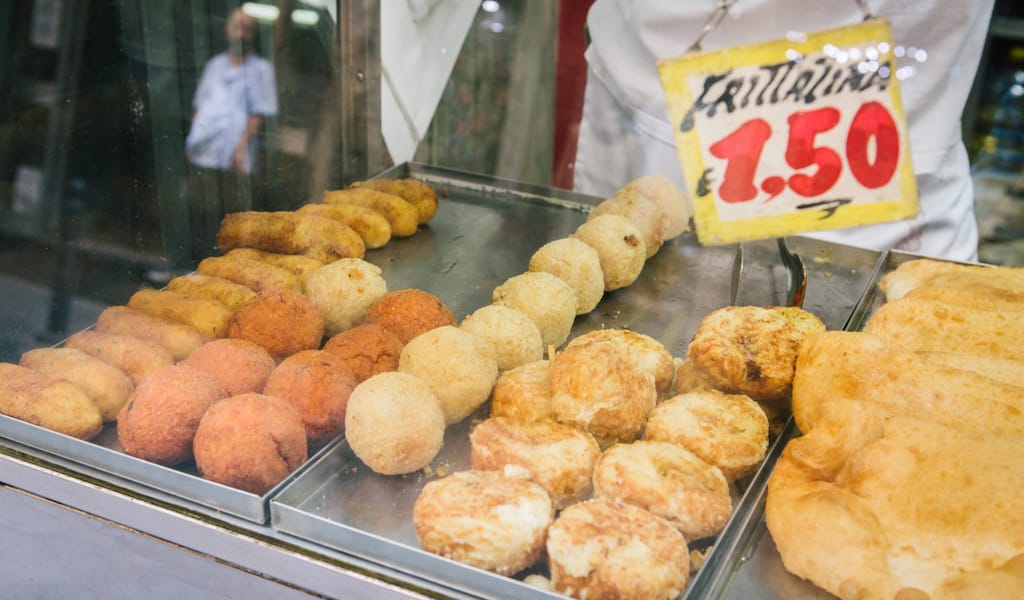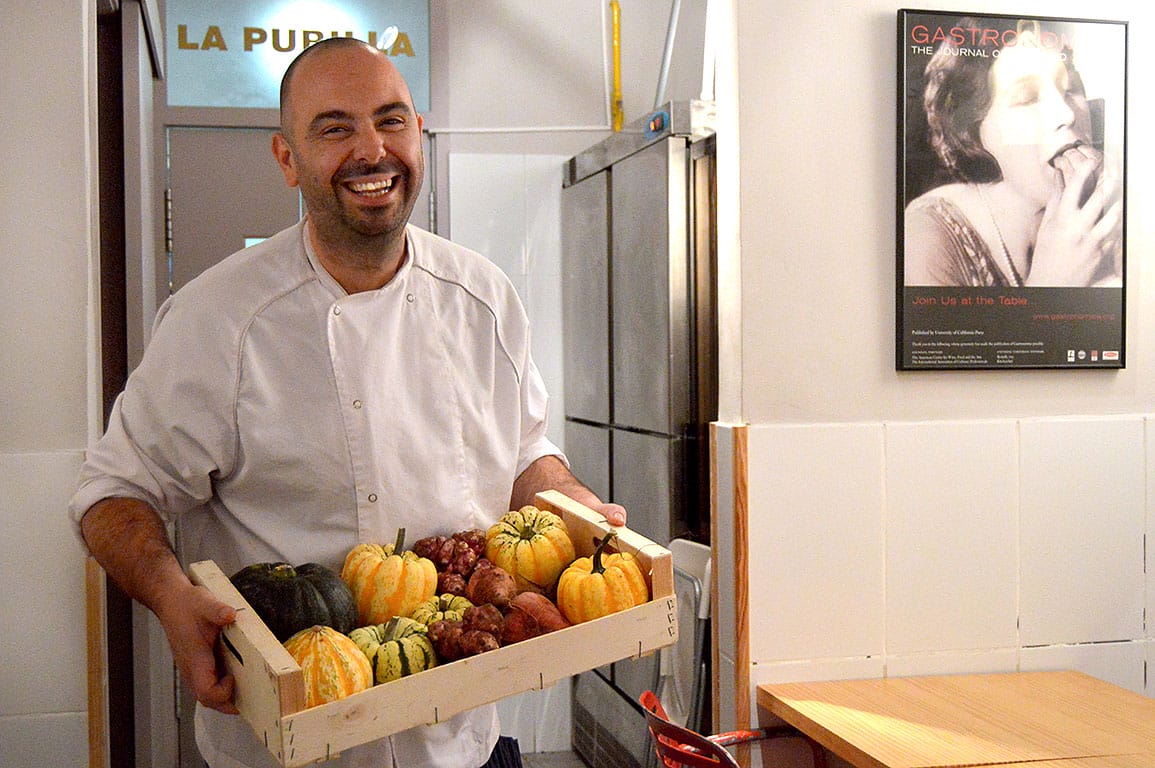“The people with permits, they are not working. We vendors on the streets, we need more permits,” yelled Mehdi, a New York street vendor of Bengali origin, at a recent protest for more permits. Street vending in the city – in particular food vending – is largely the domain of immigrants like Mehdi, seemingly an easy way to start earning an income.
But selling food from a street cart is no easy ride. Sean Basinski, Director of the Street Vendor Project, which advocates on behalf of street-based sellers, says food vendor licenses are relatively easy and inexpensive to acquire. There is no cap on the number of food licenses issued. There’s a catch, though. To sell food, in addition to a food license you must also acquire a permit for the food cart. But the number of permits allowed across the five boroughs has been capped at 3,000 since 1981. It can take up to 30 years for a food permit to become available.
The permit wait list opens up infrequently, usually due to political pressure. This last happened in 2004, when the city decided to do a lottery for the few available permits. Luis Alfonso Marin, a Colombian arepa vendor in Queens, recounted that “for 16 years I had to hustle to make a living without the protection of a permit.”
Consequently, the sale of permits today takes place primarily on the black market – version of the “padrone” or contract labor system that existed at the turn of the 20th century. Currently, the normally $200 permit can go for up to $25,000 on the black market. “We have two choices: to sell illegally or enter the black market,” Muhammad Attia, another street vendor activist, says. “We want to work legally, give us more permits.” Vendors, activists and their allies across New York City are calling for an increase in the number of permits allowed – the Lift the Caps! Campaign.
Whether anything will change is now up to the 51 New York City Council members. Rumor has it that a draft bill addressing New York street vendors’ demands is making the rounds.
(Additional funding for this piece was provided by the Buenas Obras Fund)
 March 27, 2024 CB on the Road
March 27, 2024 CB on the Road
Sōsuke Hirai’s hands tilt this way and that as the machine whirrs, raining large, fine […] Posted in Tokyo October 16, 2018 A Paradise of Fried Foods
October 16, 2018 A Paradise of Fried Foods
There’s a saying in Naples: “Anything fried is good, even the soles of shoes.” So it’s […] Posted in Naples February 20, 2016 Made in Catalonia
February 20, 2016 Made in Catalonia
Quick bite: Join our full-day food tour in Barcelona to explore the proudly Catalan […] Posted in Barcelona
Published on August 12, 2016
Related stories
March 27, 2024
Tokyo | By Florentyna Leow
TokyoSōsuke Hirai’s hands tilt this way and that as the machine whirrs, raining large, fine flakes of ice into a bowl. He pauses the machine, lightly pats the ice and taps the bowl on the counter, allowing the ice to sink and compress. A swirl of persimmon tea syrup is added to the ice. Then…
October 16, 2018
Naples | By Gianni Cipriano and Sara Smarrazzo
NaplesThere’s a saying in Naples: “Anything fried is good, even the soles of shoes.” So it’s no surprise that we stop for some fried goodies on our Naples culinary walk. Our favorites are the panzerotti, soft potato croquettes filled with salami and mozzarella, and the arancini, golden and crispy rice balls.
February 20, 2016
BarcelonaQuick bite: Join our full-day food tour in Barcelona to explore the proudly Catalan district of Gràcia, during which we’ll visit markets, an old school bodega, cozy traditional haunts and creative contemporary restaurants in search of the neighborhood's soul. At first glance, the Gràcia district of Barcelona appears to be the gatekeeper of the resurgent…
















































































